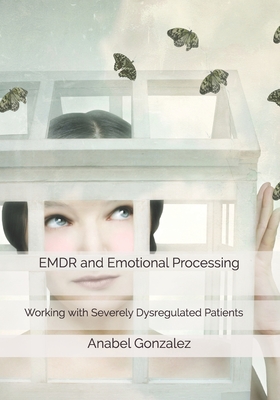This is a book aimed at therapists who work with pathologies within the spectrum of trauma and, who use as an approach, the methodology proposed by EMDR. But, as the author rightly warns, it is not a book of protocols, something about which Anabel Gonzalez has been openly skeptical. In recent years, multiple protocols have proliferated in EMDR geared towards each specific situation, particular symptom, or specific pathology that the therapist might face. Protocols are useful insofar as they allow us to delve into specific issues, but when they are understood as an end in and of themselves, they undermine therapy. The belief that no protocol should distract from the therapist's presence or lead to a simplification of cases is one of the explicit and implicit claims of this book. And indeed, to that end, this text is of particular use. Far from creating specific protocols for emotional blockages, or generating algorithms to address different patterns of emotional dysregulation, this book presents a broader and more complex view of working with EMDR. The text focuses on how difficulties in emotion regulation are cause, symptom, and consequence of traumatic experiences, and will therefore be frequent in our patients-not only causing pathology, but also hindering the adaptive processing itself of the information that we so desperately need to stimulate in EMDR procedures. One of the fundamental merits of this book is precisely that of valuing the importance of emotions and their regulation throughout the therapeutic process. Attention has often been paid to the negative beliefs, distortions, or cognitive schemes that appear throughout EMDR therapy, but it is less common to emphasize the emotions that accompany the whole process, being customary for us to settle on simply asking about which emotions arise before a memory and letting them "flow" throughout the processing. In this sense, this book is an ode to the emotional world and its therapeutic value. It provides a theoretical framework, and in turn covers the main dysfunctional strategies of emotion regulation in a practical way and based on real cases. Along with each of these strategies, it gives us possible keys that may help to globally conceptualize the case; and, in other situations, to unblock critical moments during therapy where the usual tools are insufficient. -By Lucía del Río











